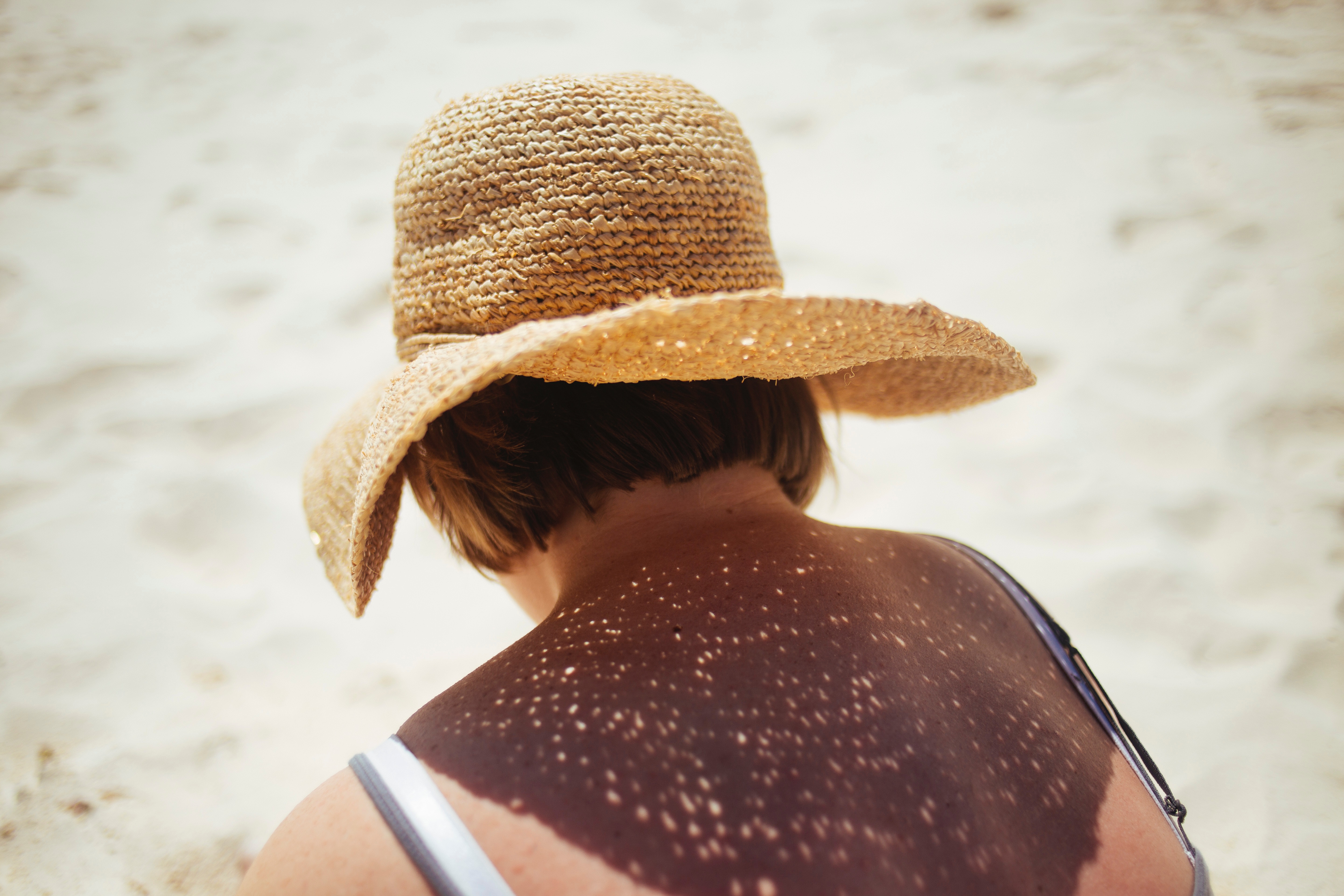July 3, 2023
Sean Adl-Tabatabai
The Times certainly played on this fear, writing:4
“In the 1700s, the average life expectancy was 30 to 40. The median age at which melanoma is diagnosed is 65,” she [Idriss] said. “If people seemed to get less skin cancer before, she argued, it was because they weren’t living long enough to develop it.”
But this doesn’t paint the whole picture, which is far more complex. On a typical sunny day, your body may produce up to 25,000 international units (IU) of vitamin D,5 which has anticancer effects. Many people aren’t getting these benefits, however, because they’re not in the sun enough to optimize their vitamin D levels.
The global prevalence of vitamin D deficiency (defined as a level of less than 20 ng/mL) and insufficiency (defined as a level of 20 to less than 30 ng/mL) is 40% to 100%.6 Further, 20 ng/mL has repeatedly been shown to be grossly insufficient for good health and disease prevention and, to maintain your health, levels below 40 ng/mL (100 nmol/L) are not recommended.
For example, research has shown that once you reach a minimum serum vitamin D level of 40 ng/mL, your risk for cancer diminishes by 67%, compared to having a level of 20 ng/mL or less.7
The fact is, strong associations with cancer can be found depending on your location in relation to the equator. Dr. Paul Saladino, author of “The Carnivore Code,” a book on nose-to-tail animal-based eating, and host of the Fundamental Health Podcast, said, “With distance from the equator, we know that there are higher rates of colon, breast, pancreas, ovary, brain and kidney cancers, and the blood cancer multiple myeloma — as you move farther from the equator.”8
The idea that the more time you spend in the sun, the higher your risk of skin cancer becomes is also misleading — and far from black and white. A 2021 study published in the BMJ Occupational & Environmental Medicine9 found no association between a history of working outdoors and breast cancer. Further, after the age of 50, more solar ultraviolet B radiation (UVR) was associated with a lower risk of breast cancer.
“The findings indicate that long-term UVR may decrease the risk of late-onset breast cancer,” the study found, adding, “Advice about regularly spending a short period of time outside in the sun could be considered especially for female indoor workers.”10 A 2023 systematic review similarly found no increased risk of developing cutaneous melanoma among people who primarily work outdoors.11
The Times statement that a tan is unsafe is also misleading, because melanin, the substance that makes your skin look darker after sun exposure, is intended to help prevent sunburn. This is why intermittent sun exposure — occasional exposure followed by many days or weeks of little to no exposure — tends to be more problematic than regular, frequent sun exposure, as you’re more likely to burn and cause DNA damage in your skin.
Regular exposure, on the other hand, ameliorates this risk, as it engages innate adaptive systems in your skin, your melanin in particular, that are explicitly designed to prevent DNA damage from UV light exposure. In my interview with Ari Whitten, author of “The Ultimate Guide to Red Light Therapy,” she explained:
“So, we have this system built into our bodies that’s designed to allow us to get all these benefits of sunlight without the DNA damage and the increased skin cancer risk. Framing light as a nutrient is the best way of understanding this.
Just as we require adequate nutrients from the food we eat, just as our bodies require physical movement to express normal cell function, we also require adequate light exposure to express normal cell function. The absence of that exposure to sunlight creates abnormal cell function. And there are myriad mechanisms through which this occurs.
Vitamin D is obviously the most well-known one that regulates over 2,000 genes related to immune health, musculoskeletal health and many other things. But there are many other mechanisms [as well].”
-
Tags
#Cancer

